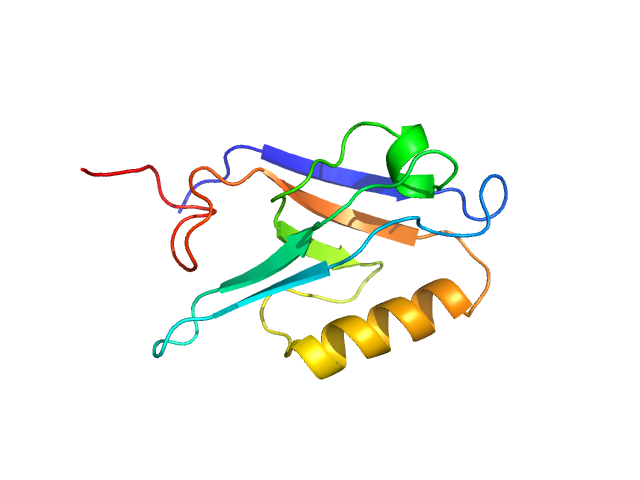|
SAXS data from solutions of PDZ domain of the segment polarity protein dishevelled homolog DVL-3 in 50 mM sodium phosphate, 50 mM NaCl, 0.5 mM EDTA, pH 6.5 were collected using a Rigaku BioSAXS-2000 instrument at CEITEC (Brno, Czech Republic) equipped with a Rigaku HyPix-3000 detector at a sample-detector distance of 0.5 m and at a wavelength of λ = 0.154 nm (I(s) vs s, where s = 4πsinθ/λ, and 2θ is the scattering angle). One solute concentration of 5.00 mg/ml was measured at 25°C. Six successive 600 second frames were collected. The data were normalized to the intensity of the transmitted beam and radially averaged; the scattering of the solvent-blank was subtracted.
|
|
 s, nm-1
s, nm-1
